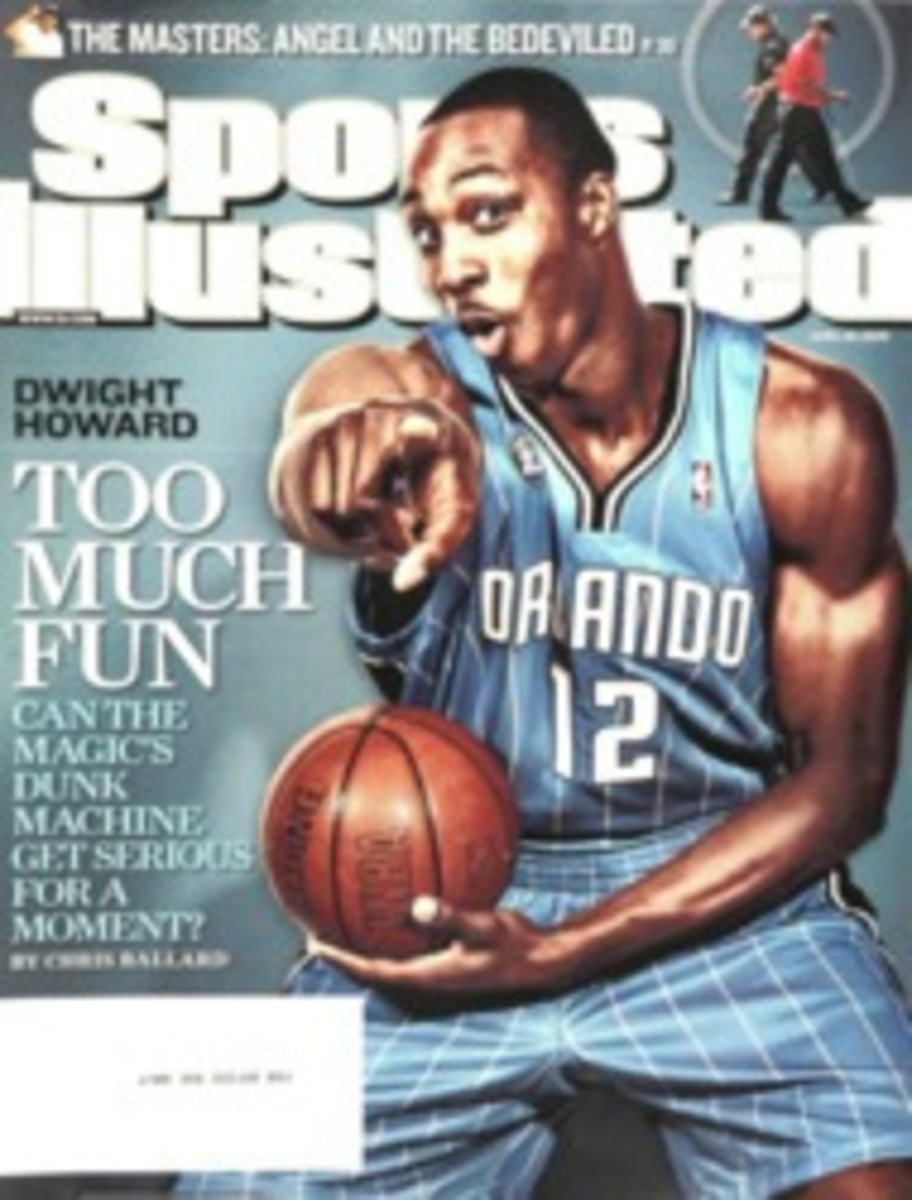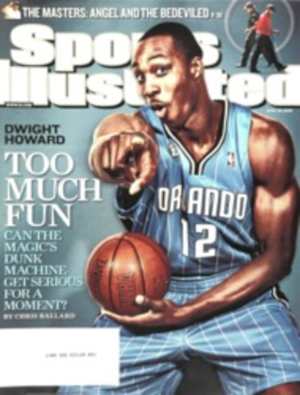
Just Like Hogan?
DURING A recent casual round at Shady Oaks, Ben Hogan's home course, Chad Campbell paused to hit some balls with the Hawk's clubs. The flat, heavy sticks felt as if they were made for him. "I could put this four-wood in my bag right now," Campbell said. ¶ In part because Hogan perpetrated the mystique-building fiction that he didn't tell all in his two instruction books (Power Golf and Five Lessons), and mostly because of his mythical ball striking, golfistas have searched in vain for 40 years for another great player who swung like Ben. Now he's here. Or is he? Is Chad Campbell the new Hogan?
Campbell and Hogan, fellow Texans, began to inhabit the same paragraphs in 2001, the year Chad's three wins on the Nationwide tour earned him a battlefield promotion to the big Tour. The Campbell-Hogan axis gained momentum at the 2003 PGA Championship, when Chad battled eventual champion Shaun Micheel to the wire, and the runner-up's swing looked so eerily efficient that he seemed to be in on some ... secret.
"I'm flattered at the comparison," says Campbell, who lost in a playoff at Augusta after shooting a 12-under 276. "It definitely doesn't bother me. But of course I'm not nearly as good as he was. Obviously."
They're hardly identical. Campbell, 34, has won four times on the Tour. He's a big, easygoing guy, 6'1" and 200-plus pounds, with a full, round face. He looks as if he'd have high school football stories to tell—he doesn't; he played basketball for the Andrews High Mustangs. He likes to work the ball right to left, especially with a driver. As aficionados know, Hogan built his clubs and his swing to prevent hooking. Ben stood 5'8" and weighed 137 pounds in 1948, when he won nine times and finished in the top three in 14 of the 20 tournaments he played. (His weight increased in the years following his near-fatal car accident in February 1949.) The Little Man, they called him—but there was nothing little about the long, strong monkey arms that made Hogan's swing so wide and so impossible to duplicate.
Campbell's stroke is snappy, but it's not as quick as Hogan's. Campbell doesn't hit as many balls as Hogan did; he's about in the middle of the Lietzke-Singh Practice Scale. "During a tournament, if Vijay's a 10, I'm an eight," Chad says. "On off weeks, I'm probably a two." Hogan, the inventor of the obsession to hit, hit, hit, never took a day off until age and injury forced him to.
And yet: Both Chad and Ben have or had backswings as flat as the prairie and as brisk as black coffee, and both grew up in small towns (Hogan in Dublin). Both initially employed strong grips that caused big hooks; both had practice-tee interventions in which concerned friends (UNLV coach Dwaine Knight for Campbell and Henry Picard for Hogan) persuaded them to move their hands into a more neutral position. These grip lessons were unusual, because both men learned the game without instruction and without a model, and neither employed a coach. Part of Hogan's legend involved his brilliant use of the one-iron, a club that is deemed too difficult to hit nowadays. Only two players on Tour regularly carry a knife, Joey Sindelar and, until recently, Campbell.
Not long ago Campbell allowed SI photographer Fred Vuich to shoot him on the practice tee at Colonial with an ultrafast and extremely precise Hulcher camera. Some time later Campbell examined the resultant stills along with some Hogan snaps while waiting for his usual unadorned cheeseburger and a Dr Pepper at a Chili's near his home in suburban Dallas. "That's pretty good right there," Campbell said, observing that at the top of their backswings, he and the Hawk looked nearly the same. "I'm a little more on my toes at impact. His right foot's a lot higher ... his legs look like they're working harder than mine."
Other little differences and similarities pop out: Campbell's got a stronger righthand grip; Hogan kept his left foot sealed to the ground, while there's a little daylight under Chad's heel; both men nearly brush the shaft against their right shoulders on the way down.... Looking at these images is strange for Campbell because he simply doesn't believe in this sort of thing. Although dissection of swing sequences is a staple of the cure-your-slice golf monthlies, and video is bedrock for legions of teaching and Tour professionals, Chad has rarely seen his swing on tape. "I wouldn't know what to look for," he says. "I don't know what it's supposed to look like, but I know what it's supposed to feel like.... I just swung it the way I thought I should to make it move in the right direction."
Here Hogan and Campbell apparently part company. Chad operates by instinct as much as any big-time player, while Ben gained a reputation as a robotic athlete, his style distinct from the natural grace of his principal rival, Sam Snead. Frozen samples of Ben's swing were drawn in Power Golf, photographed in Life magazine and depicted by a medical illustrator in golf's extremely detailed and perpetually best-selling textbook, Five Lessons.
At least one legendary instructor shares Campbell's disdain for teaching by camera. "I question the wisdom of still-photo analysis," says Manuel de la Torre. "My students want to get the club into certain positions. 'What's a position?' I ask. 'It's a still moment,' they say. And I ask, 'How many of those are in your swing?'"
De la Torre, 87, competed against Hogan twice in PGA Championships and watched him several other times. But he doesn't know Campbell. "Hogan's method is not really important to me as an instructor," De la Torre says. "What I use with Hogan is the mental, the focus. And his tempo and motion. When he threw his cigarette down before he putted, even then he used the same tempo as when he was swinging a club."
Despite the clocklike steadiness in his swing and the complicated laundry list of swing positions Hogan put in our minds, De la Torre says that Ben was no mere mechanic. "Hogan was a feel player," the teacher says. "We all were. No yardages, remember?"
It makes you wonder: If Ben and Chad had both read Five Lessons when they were digging their games out of the Texas dirt, would their games still look the same?
Alan Shipnuck's Hot List appears exclusively at GOLF.com.
Chad operates by instinct, while BEN GAINED A REPUTATION AS A ROBOTIC ATHLETE.
PHOTO
Photograph by Fred Vuich (Campbell) and PGA of America
FAST AND FLAT Campbell is bigger than Hogan (above, circa late '40s), but their swing planes are strikingly similar.
TWENTY SEVEN PHOTOS
Photographs by Fred Vuich (Campbell) and PGA of America
[See caption above]

